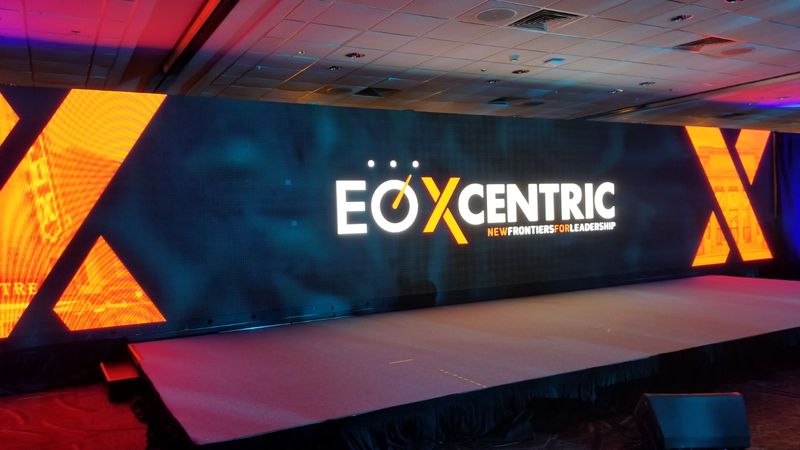Investigating the Durability of Light Emitting Diode Display Panels in Contrast to Traditional Screen Methods
Investigating the Durability of Light Emitting Diode Display Panels in Contrast to Traditional Screen Methods
Blog Article
LED wall panels have become increasingly favored in current years, particularly in environments like schools, corporate spaces, and public spaces. These screens use LED diodes (LEDs) to produce vivid and lively visuals. One of the most notable benefits of LED technology is its longevity in contrast to conventional screen methods, such as cathode ray tubes (CRTs) and LCD display displays. Understanding the distinctions in duration and functionality between these technologies can help consumers make informed decisions about their display needs.
Traditional screen technologies, like CRTs, have been present for numerous decades. They were frequently used in televisions and computer screens. However, CRTs have a shorter duration, generally lasting around 10,000 to 20,000 hrs of use. This means that after a few of years, users may notice a deterioration in picture clarity, such as fading or hue distortion. In comparison, LED panel panels can last considerably longer, frequently exceeding 50,000 hours. This extended lifespan means that users can experience consistent performance without the requirement for frequent substitutions.
Another important aspect to consider is energy conservation. LED panel panels consume less energy than traditional screens, which not only benefits the environment but also reduces power expenses. For example, while a CRT screen may consume around 100 W of energy, an LED screen can consume as few as 30 to 50 watts. This discrepancy in power consumption contributes to the total durability of LED technology, as reduced power consumption generates less thermal energy. Excess heat can harm electrical components, leading to a shorter duration for conventional displays.
In addition to their extended duration and energy efficiency, LED wall screens also offer superior visual quality. They offer brighter hues and better differentiation, making them ideal for multiple uses, from advertising to learning presentations. The technology behind LED panels allows for a broader sight angle, meaning that visuals stay clear and lively even when viewed from the flank. This is a major benefit over traditional displays, which often experience from hue deformation and diminished luminosity at wider perspectives.
In led wall rental for trade fairs summary, the durability of LED panel screens in contrast to traditional display technologies is a crucial factor for consumers to consider. With lifespans that can exceed 50,000 hrs, power conservation, and enhanced visual clarity, LED innovation offers many advantages. As innovation continues to advance, LED panel screens are likely to turn even more prevalent in various environments. Understanding these distinctions can help people and organizations make better decisions when purchasing in screen technology, guaranteeing they receive the best worth for their needs.
